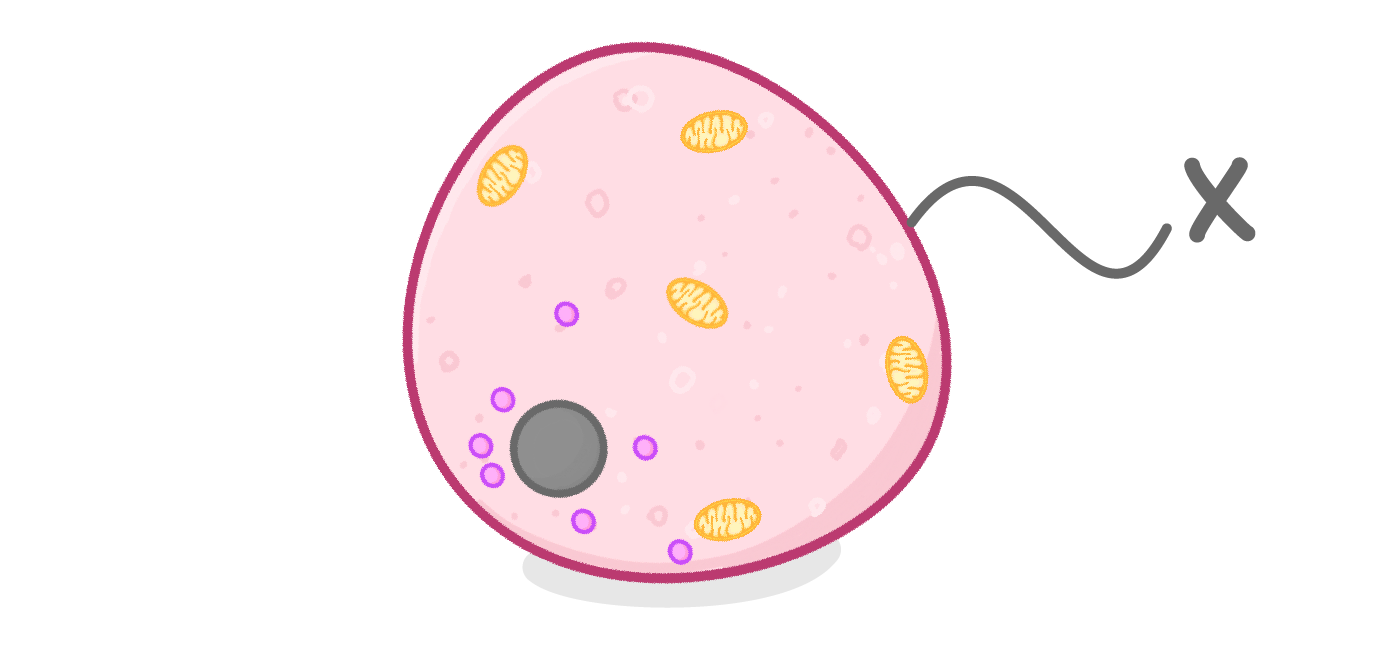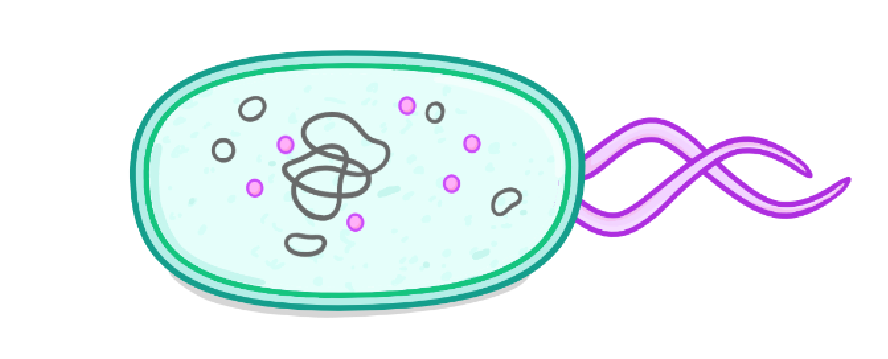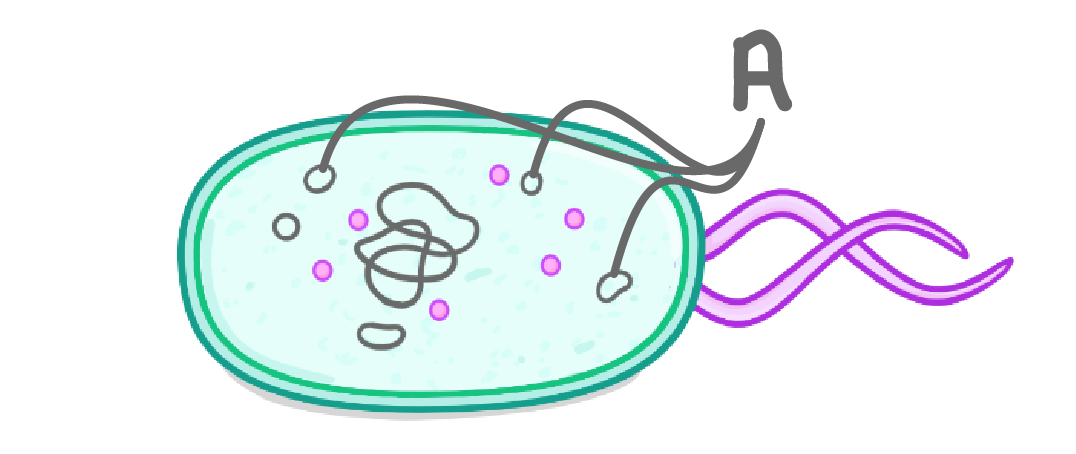Welcome to the Quiz!
This quiz contains 18 questions from a mix of 1 subtopics.
Which of the following are Eukaryotes?
(Select all that apply)
Bacteria
Plants
Animals
|
The _________ contains the cell's genetic material (in the form of DNA), and so controls the cell's activities.
Cytoplasm
Nucleus
Mitochondria
Cell membrane
|
mitochondria / nuclei / ribosomes
The are where proteins are made. We sometimes call them the site of protein synthesis.
|

The diagram above shows an animal cell.
What is the structure labelled X?
Mitochondria
Cell membrane
Ribosome
Nucleus
|
What is 'cytoplasm'?
A jelly-like material containing nutrients and salts, where chemical reactions take place
The site of photosynthesis
An organelle that controls what passes in and out of the cell
An organelle that makes proteins
|

The diagram above shows an animal cell.
What is the structure labelled X?
Nucleus
Ribosome
Cell membrane
Mitochondria
|
What is the role of the mitochondria?
|

The diagram above shows an animal cell.
What is the structure labelled X?
Nucleus
Mitochondria
Ribosome
Cell membrane
|

Which of the following are found in plant cells, but not in animals cells?
(Select all that apply)
Cell wall
Chloroplast
Permanent Vacuole
Cell membrane
Nucleus
Ribosomes
|
sun / wind / photosynthesis / phagocytosis / chlorophyll / auxin
Chloroplasts carry out the process of , which involves using light energy from the to make glucose.
The green pigment that absorbs the light energy is called . This is what makes plants green.
|
The is a large sac in the middle of the cell that contains a watery solution of sugars and salts (cell sap). It helps maintain the structure and shape of the cell.
|
The ___________ is made of cellulose. This makes it strong and allows it to maintain the shape of the cell.
Cell wall
Nucleus
Cell membrane
Chloroplast
|

Bacteria are classed as ___________ organisms.
eukaryotic
prokaryotic
|

In the image above, which structure is labelled A?
|
True or false? Bacteria have both a cell membrane and a cell wall.
True
False
|
Are bacterial cells larger or smaller than animal cells?
Larger
Smaller
|
multicellular / unicellular
Bacteria are (only consist of a single cell).
|
Which of the following are not found in bacteria?
Nucleus
Cell wall
Cytoplasm
Ribosomes
|